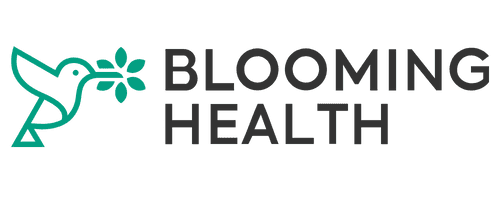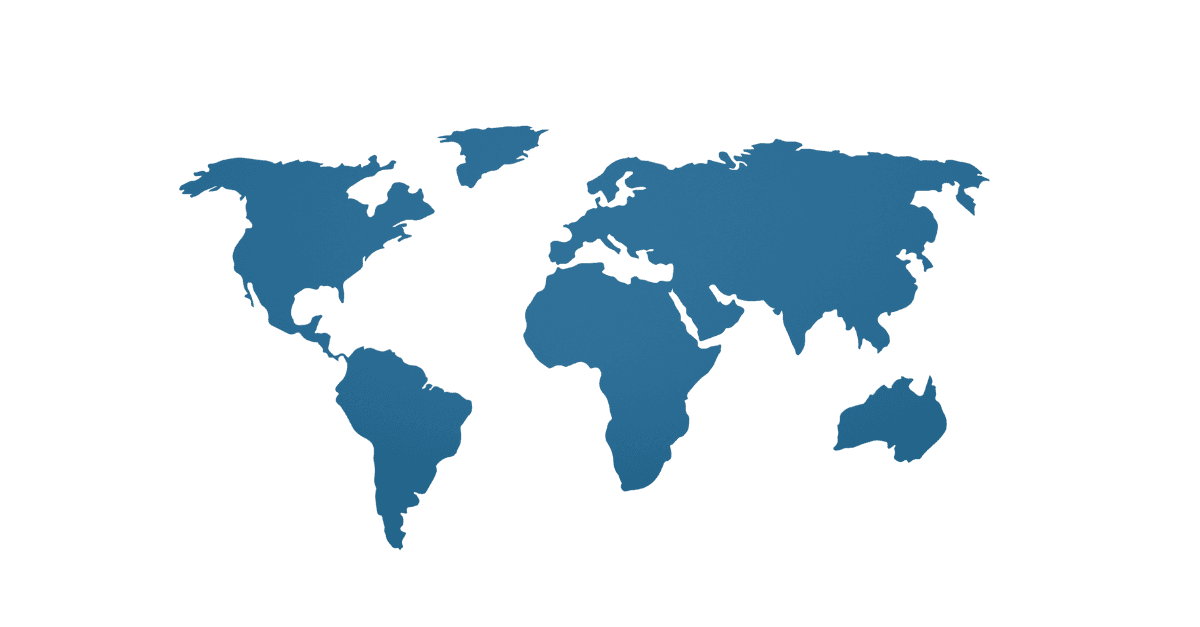Aug 22, 2025
At Blooming Day Ohio 2025, healthcare, government, and social care leaders from across the state gathered in Cleveland for a day of honest, solution-oriented dialogue. Hosted by Blooming Health, the event offered a space to bridge silos and build real partnerships across systems that support communities—from aging to housing, food access, and care coordination.
In one of the most grounded and insightful sessions of the day, Kavitha Gnanasambandan, PhD, Co-Founder and CCO of Blooming Health, moderated a panel titled “Voices from the Front Lines: Four Pillars of Community Health.” The discussion featured leaders from key community-based and clinical organizations across Cleveland:
Jessica Morgan, Chief Program Officer, Greater Cleveland Food Bank
Orion Bell, President & CEO, Benjamin Rose
Domonic Hopson, President & CEO, Neighborhood Family Practice
Dr. Robert Eick, President & CEO, Better Health Partnership
Each brought firsthand experience, deep frustration, and hopeful vision to a candid conversation about what’s working, what’s broken, and what’s needed next to better support residents with complex needs.
Models of Collaboration That Work
Each panelist shared a concrete example of partnerships that improved outcomes:
At Greater Cleveland Food Bank, Jessica Morgan described a model that collocates food assistance with 16 other service providers. “I'm not pricking anybody's finger,” she said. “There are amazing organizations that do that already.” The food becomes a gateway to broader support—removing barriers and restoring dignity.
Benjamin Rose embeds care navigators inside local hospital systems. Orion Bell explained that this allows for “a live introduction, a live handoff” that reduces stress and increases health outcomes for both patients and caregivers.
Better Health Partnership collaborates with managed care entities through its Pathways Hub model, identifying high-need Medicaid members with no recent engagement. “Let’s look at a value-based model that ensures better connectivity,” Robert Eick said, describing a pilot designed to close gaps in care.
Neighborhood Family Practice partners with the Food Bank on a food-as-medicine program tailored to diabetic and hypertensive patients. For new immigrants unfamiliar with certain ingredients, it’s also a cultural bridge. “They bring back dishes to share with our team,” said Domonic Hopson. “That’s community.”
Navigating a Shaky Funding Landscape
Kavitha noted, community organizations are running a marathon on shifting ground. From federal changes in SNAP to Medicaid redeterminations, funding is increasingly unpredictable.
“We're seeing patients stay, but with 97% less reimbursement,” said Hopson. “Just because your insurance changes doesn't mean you’re no longer our patient.”
Jessica Morgan warned of a looming gap in food support: “The proposed SNAP cuts equal about six billion meals lost. We cannot make that up overnight.”
The challenge, according to Eick, is not just funding scarcity, but its volatility and misalignment. “Sometimes one organization is ready, and the other needs six more months. Then it's too late. Timing is everything.”
Fragmentation and Burnout: The Case for Integrated Technology
One of the session’s most animated topics was the overload of referral platforms and documentation systems. Hopson explained the problem simply: “We’re bouncing between three or four platforms... even with five screens, it’s too much.”
Jessica Morgan described how one staff member handles thousands of referrals a month. “We call three times. That’s our policy. But the data is often wrong. Once, we called a household and the patient was a three-year-old.”
The solution? Integration, automation, and consent. “Just give us one system,” said Hopson. “With a single form, the patient could control what’s shared, and we’d stop asking the same questions ten times.”
Amplify People, Not Paperwork
Panelists were clear: they don’t want more platforms—they want better ones. The goal is to give staff the time and tools to focus on care, not data entry.
“Our staff are being used way below their skillset,” Eick said. “They didn’t get into this work to do double documentation.”
Instead of hiring five more people, Eick said he’d choose smarter systems. “We could scale so much more through efficiency.”
Kavitha asked: if there were no constraints what would you build?
Morgan called for customizable, interoperable systems tailored to organizations’ unique needs.
Bell envisioned a way to serve the “in between” population—those not poor enough to qualify for safety-net programs, but still vulnerable.
Eick hoped for aligned investment cycles and bold public-private partnerships with built-in capacity-building.
Hopson dreamed of a single, privacy-respecting system that ends repetitive forms and finally sees the whole person.
Let’s Build the Infrastructure This Work Deserves
The stories shared in this session—from duplicated referrals to staff burnout to lost follow-up—point to a clear takeaway: community health is about relationships, not forms. But outdated systems and siloed workflows are slowing us down.
Blooming Health was designed to address exactly these challenges.
Our platform:
Streamlines communication between healthcare and social care partners
Enables automated, multilingual outreach so staff can spend less time chasing and more time connecting
Supports closed-loop referrals, tracking impact and preventing duplication across partners
Offers real-time insights on services delivered, needs detected, and member satisfaction
Integrates easily with EHRs
Respects privacy while improving visibility, so people tell their story once, not ten times
Let’s stop the double entry. Let’s scale what’s already working. Let’s get people the help they need, faster. Get a demo today.








